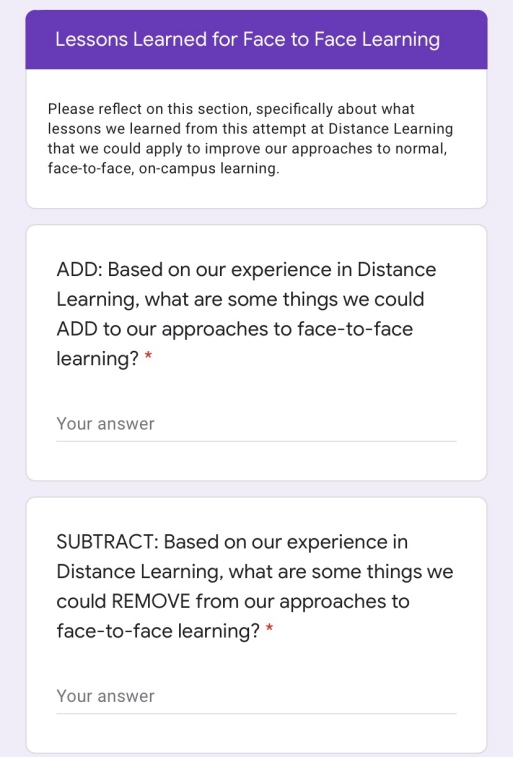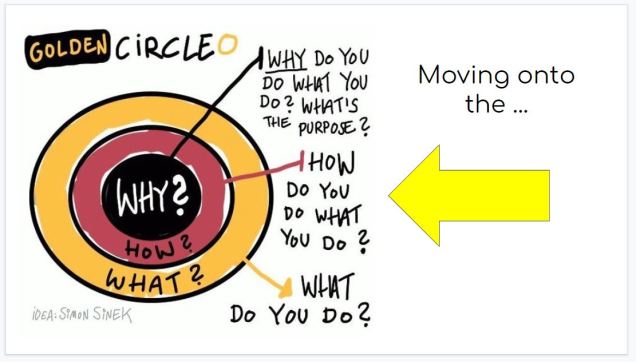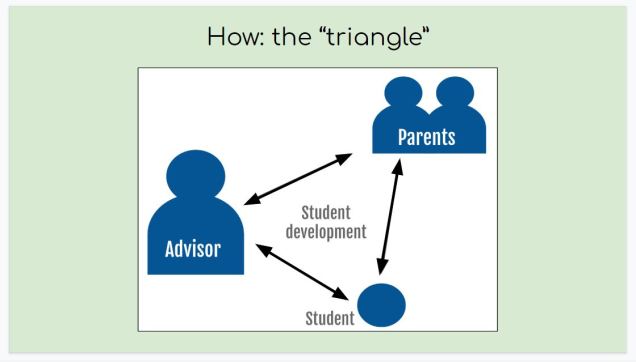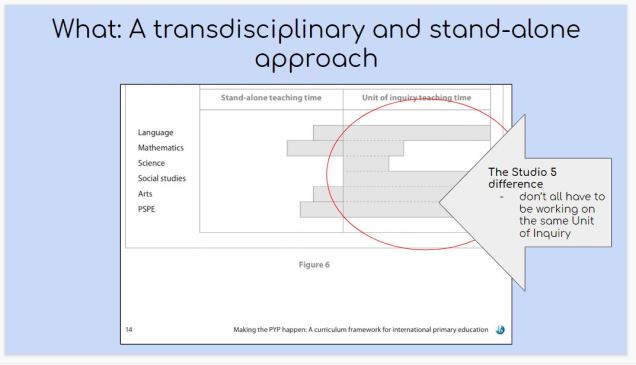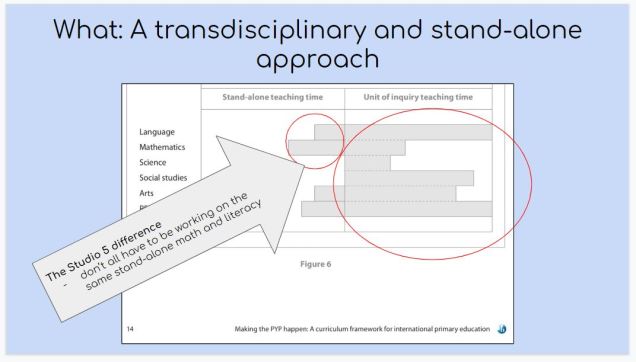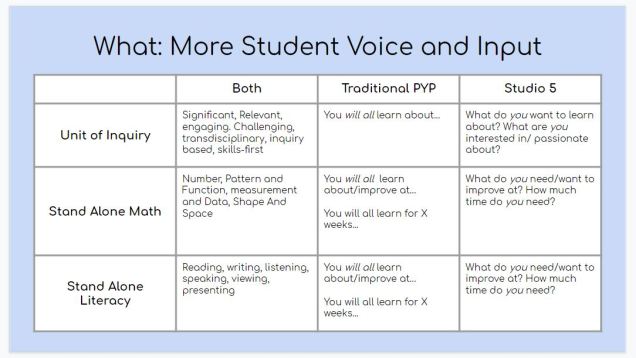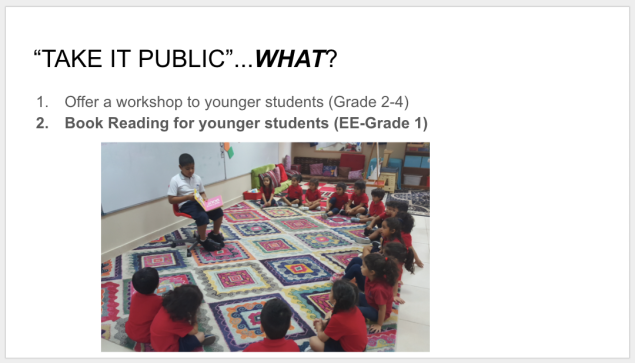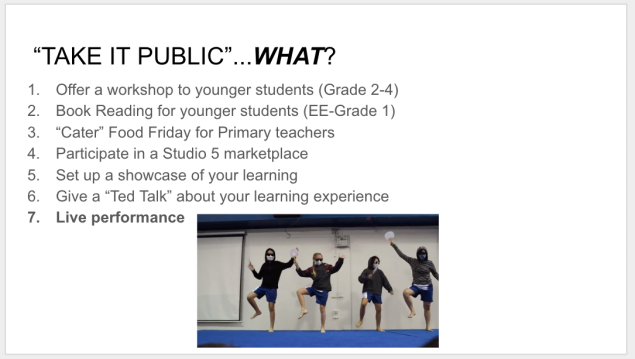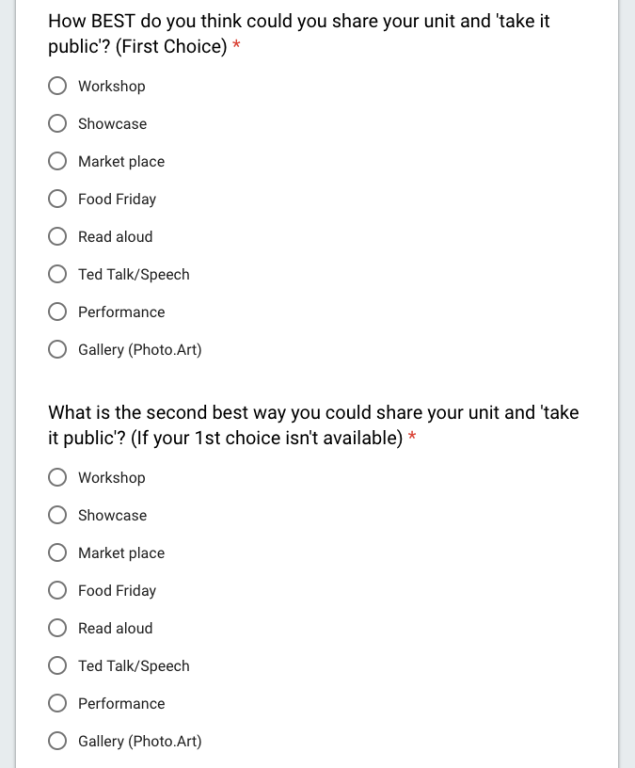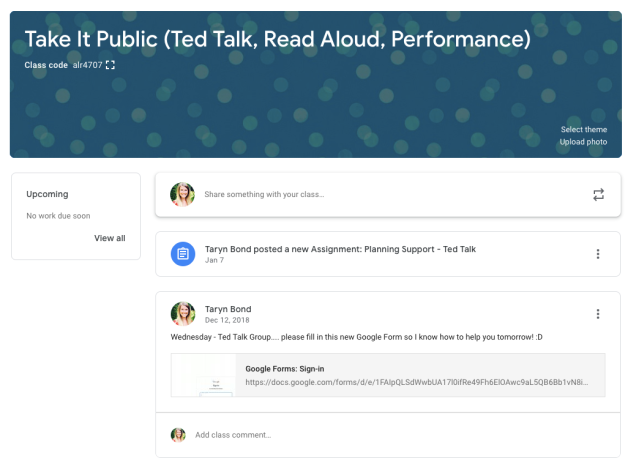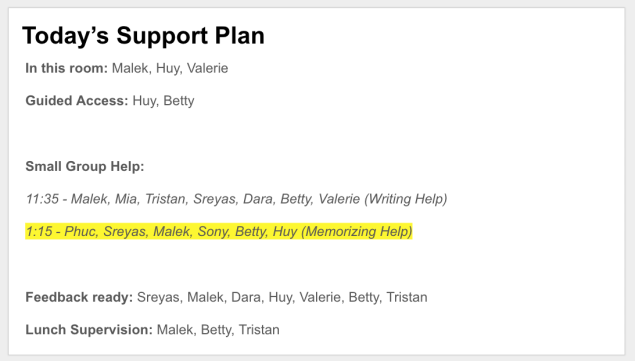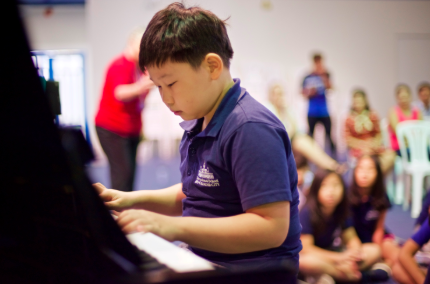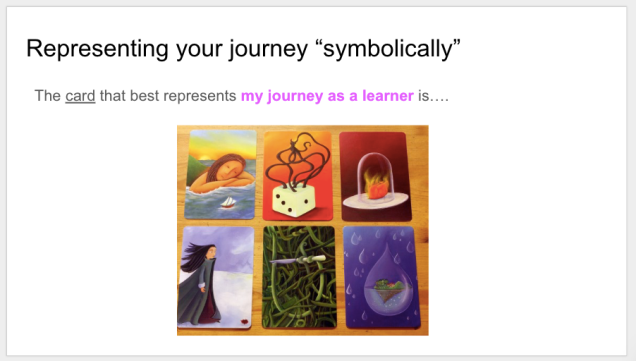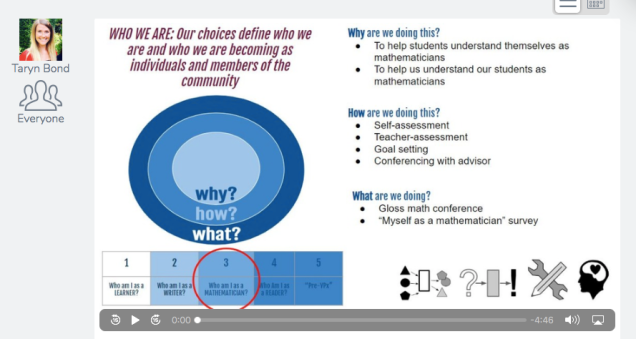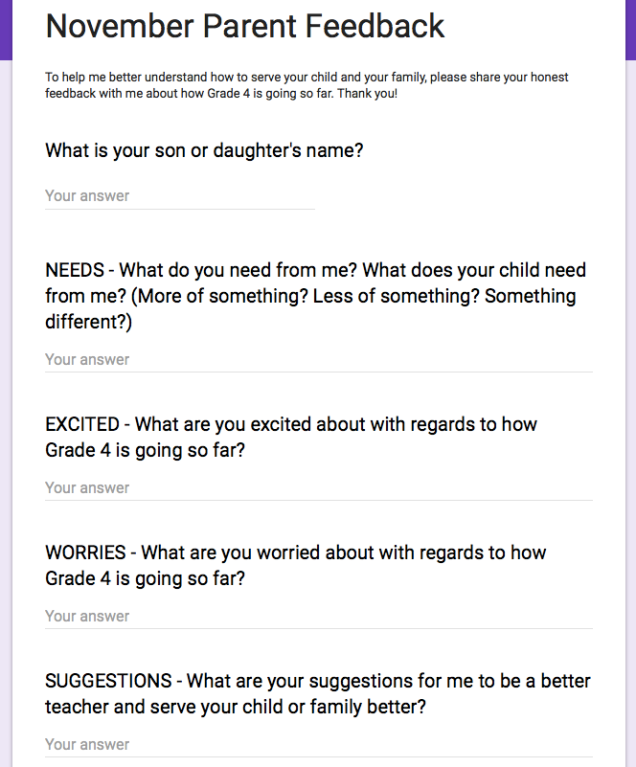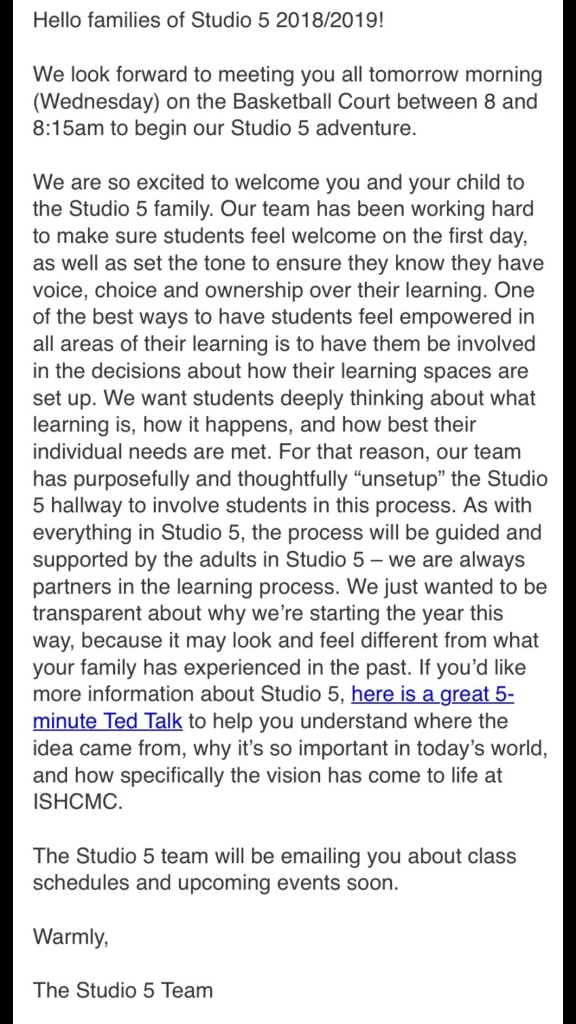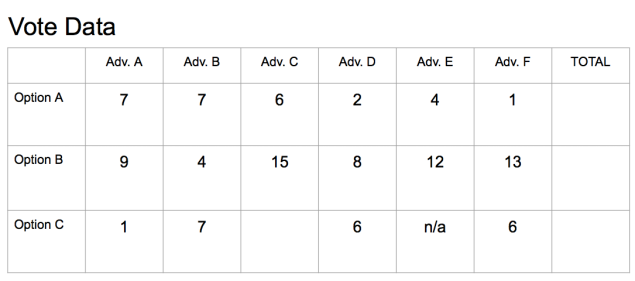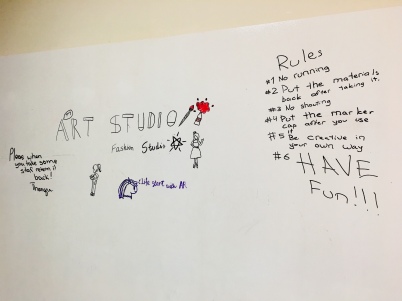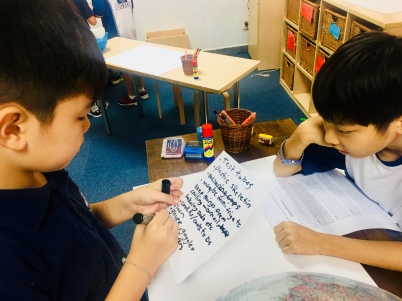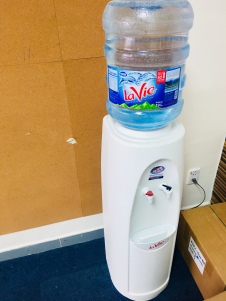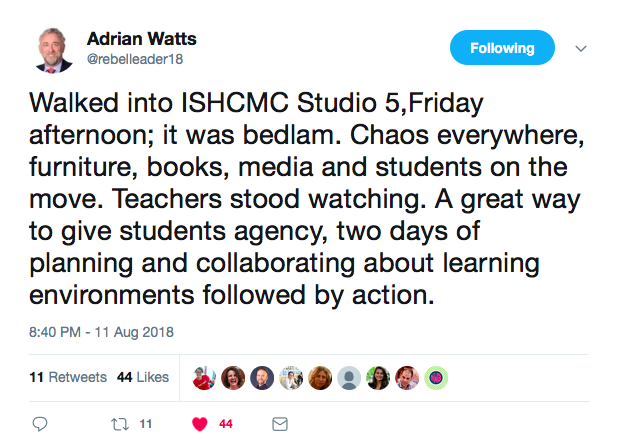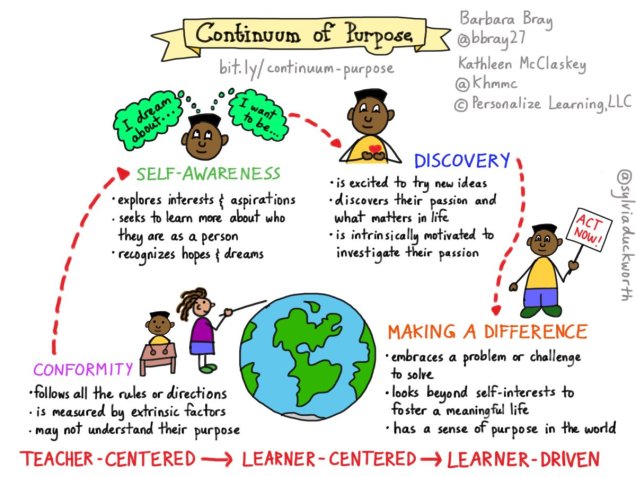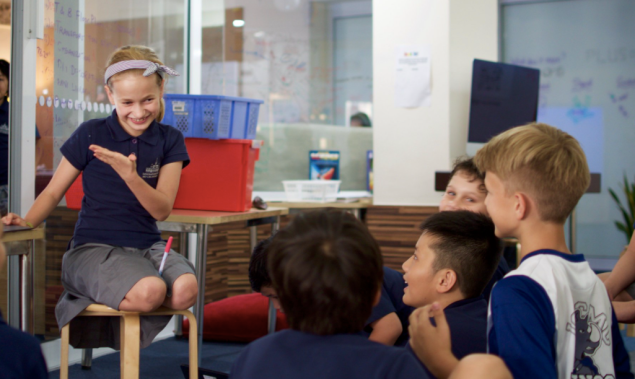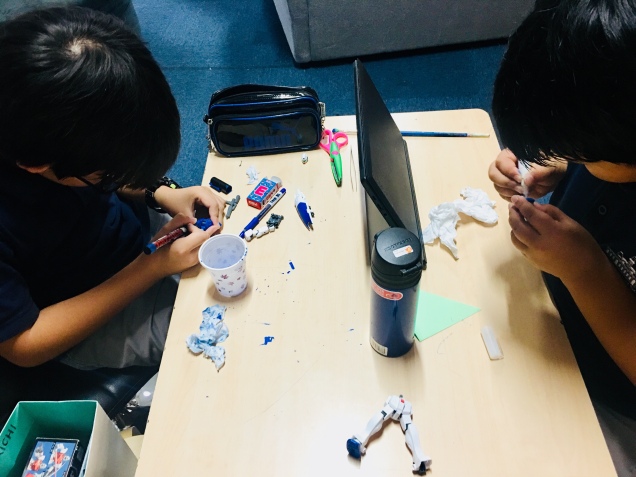A few weeks ago I was leading a workshop and one of the participants asked what a “normal day” is like for me. Although the easy answer is – there is never a normal day – the truth is, at this point of the year, we have settled into somewhat of a routine. However, just sharing one day wouldn’t make sense, because so much of what we do is part of a bigger system or routine. So I’ve instead decided to share what a “normal week” is like for me.
Friday Afternoon
A huge part of supporting our students to take ownership over their learning is helping them set weekly goals. Goals that are personal, relevant and meaningful to them. We spent months and months teaching them how to set goals – focusing on how to know you need to focus on something (using data to inform goals) and also how to know you’ve achieved or accomplished what you set out to (defining success criteria).

We started off small at the beginning of the year having students set one personal goal for the week. Then as the weeks went on and their goal setting skills improved, we began to roll in other goals.

Always partnering the expectation of setting a new goal, with instruction and support for setting a goal of that kind. We spent a lot of time discussing how to know what you need to work on, and how different sources of data can be useful in that process.
For a personal goal it may be your screen time statistics…
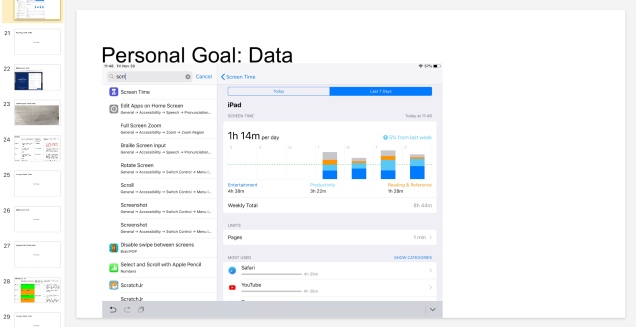
Or feedback from a three-way conference…

For a literacy goal, it may be assessment data…

Or something from a personal learning plan…

For math it may be feedback from a math conference…

Or an online assessment tool…

For UOI it may be from a unit plan….

Or a backwards plan…

Now at this point of the year, students are fairly independent at analyzing different sources of data to know what they need to focus on and establishing what success might look like for them for all areas of their learning.

As partners in their learning, we still play an important role in supporting students to set goals. Sometimes we are co-planning their goals with them. Sometimes they plan independently, then conference with us face-to-face for advice and consultation. Sometimes they plan and request digital feedback.
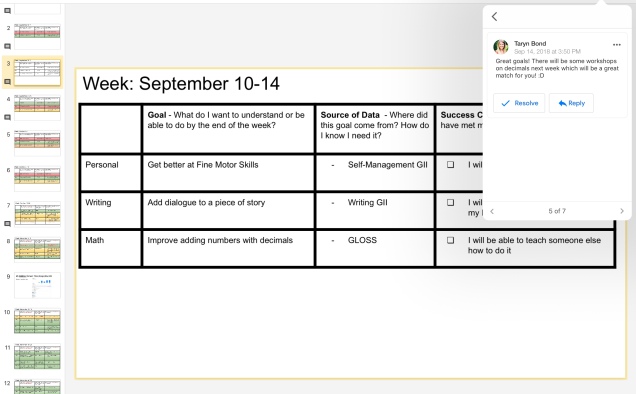
Another essential element, is keeping the parents involved in this process. After students have drafted their goals and received some form of feedback from an advisor, they share their goals with their parents. Both as a way to keep parents in the loop about what their child is learning; but also as a source of feedback to help them further strengthen their goal setting.
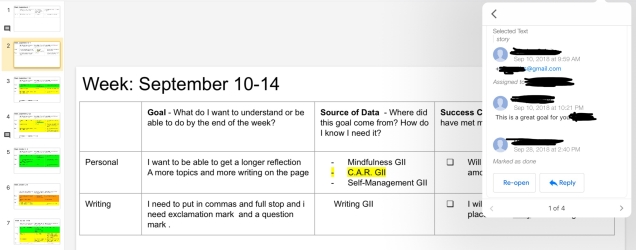
Monday Period 1
Each morning I start the day by previewing the schedule with students to ensure we all have a shared understanding of the day.

Then I go through our “ads”. The ads show the array of adult-led and student-led learning opportunities and experiences for that day.
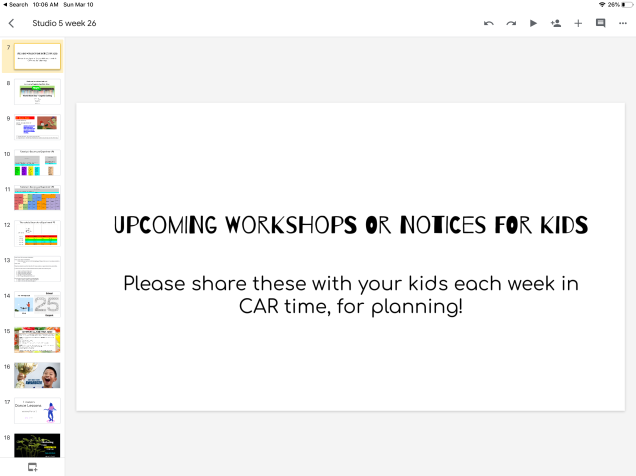







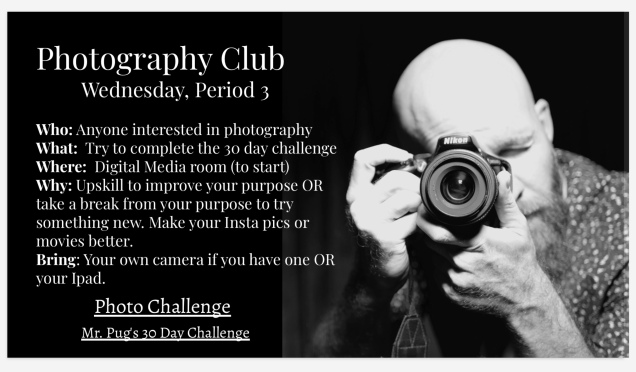


Then we look at the “MOSCOW” for the day. Typically the “musts” are always the same – achieve your weekly goals – but the shoulds, coulds, and wants depend on what’s happening that week or something specific we are focusing on.

Then students plan their day. Each week we push out a day plan template via Google Classroom for each student.


We also share all the advisors’ timetables to allow any students to sign-up for one-on-one conferences, guided groups, supervision etc. with any of the available adults.

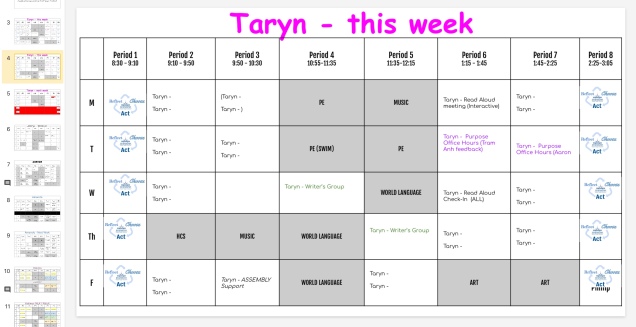
Support for students planning their day ranges from planning with an advisor, to planning independently then getting feedback from an advisor to planning independently and seeking feedback from a peer.

Monday Period 8
When we come back together as a community at the end of the day, we have two main focuses: analyzing and reflecting on our day plan and updating documentation of learning.

The first thing students do is colour code their day plan. As a class, we came up with a system that made sense for us:
Green = completely stuck to the learning I planned for myself
Yellow = Mostly stuck to the learning I planned for myself
Orange = Kind of stuck to the learning I planned for myself
Red = Totally did not stick to the learning I planned for myself
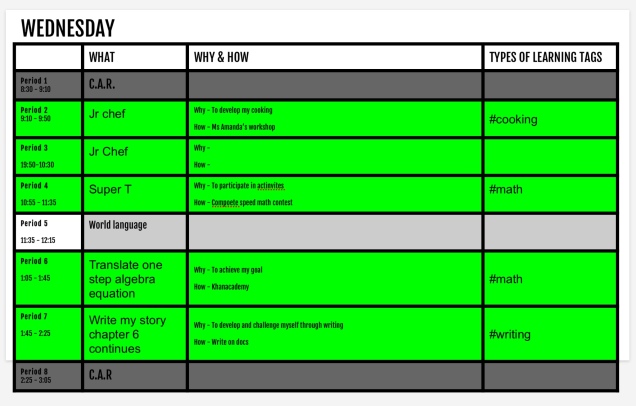
As a community we worked very hard to build a culture of honesty, not fear, when it comes to colour-coding day plans. Students feel comfortable knowing that they can admit to the times when they got distracted or pulled off-course without fearing that they will get in trouble. This culture of honestly lets students get to know themselves better as learners, and allows us as advisors to have some powerful, open conversations with them about what got in their way of learning and what they are going to do differently in the future.

Once students are finished colour-coding their day plans they jump into documenting the learning and curating evidence from their day. Similar to the goal setting, they are fairly independent in this process at this point in the year. But that is a result of intentional focus on helping students see the “why” behind documentation, encouraging their exploration of different “hows” and supporting their awareness of possible “what’s”.
At this point in the year, some students curate their evidence using Seesaw

Others use Portfolios (using Google Slides)

Some prefer to blog

Some are quite creative – like my comic maker who uses his love of comics to capture his reflections and evidence of learning each day!

While students are updating their documenting myself and my co-advisor have one-on-one meetings with students who benefit from additional support to reflect on their day plans or generate and analyze evidence to support their colour-coding.
Monday after school
After the students head home I sift through their colour coded day plans (which is made so easy by Google Classroom!) and make decisions about what type of support each student needs for the following morning based on how their day went.
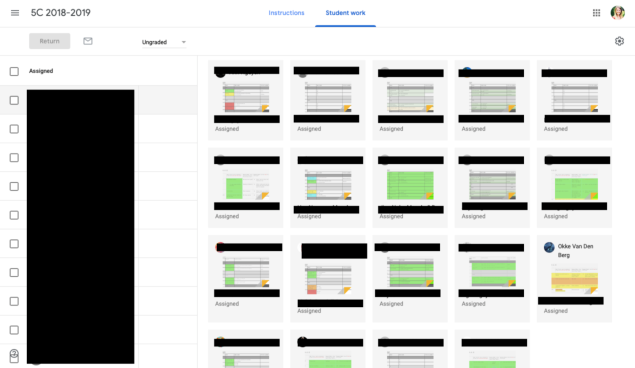
If a student seemed to have a difficult time carrying out their plans I might have them plan with me or another advisor so we can have long, uninterrupted conversations about their choices and what they plan to do differently. If the student had only one or two areas of difficulty then they will likely plan on their own, but pop by for a conference with an advisor where we could have a quick check in on that specific area of need. If a student had no difficulty sticking to their plan, and is on somewhat of a streak of “green days” then they are trusted to plan and seek feedback from a peer.

After I’ve finished going through their day plans, I sift through their documentation for the day. To help myself stay organized, I have a document where I keep track of where they keep track of their evidence of learning. This allows me to easily find and browse through their documentation as another way to plan support for learning and conversations about learning for the following day.

As I am going through their colour-coded day plans and their documentation of learning, I usually keep a list of talking points for students I am planning with or conferencing with the following day (just to help me stay organized, and maximize my time with each student).

Tuesday
Rinse and repeat.
Wednesday Morning
Mostly rinse and repeat… but since Wednesday is the halfway point in our week, we use it as an opportunity to check in with progress on goals. At the end of the day students use a colour coding system that we created as a class to see which goals they are closest to achieving, and which goals are farthest away from completion.
Green = goal achieved; success criteria met; evidence of success complete
Yellow = goal achieved but need time for success criteria and evidence
Orange = progress made, but more time and support is needed to achieve success
Red = not progress made YET

This routine gives them really strong data for making informed choices the following day about what areas of their learning need the most time, support and additional strategies.
Thursday
Mostly rinse and repeat… but during our planning meeting and conferences in the morning we use the colour-coded goal data to drive our conversations about the students’ day plans.
“I noticed your UOI goal is red, but you haven’t given any time to it today. Can you tell me about that?”
“I see that your math goal is green, but you’ve scheduled a block for math today. What was your thinking behind that decision?”
“I noticed your literacy goal is orange. What time, support and strategies do you need to get it to green by the end of the week?”
Friday period 1
Mostly rinse and repeat… but the focus during period 1 is on evidence and documentation, thus slightly changing the “musts” to really highlight that focus.

Friday afternoon
Before students set new goals, we always build in time to reflect and analyze their goals from the current week. Students re-colour code their goals, based on the action they’ve taken since Wednesday and use that new data to decide which goals need to be carried over into the next week and in which areas of learning they are ready for a new goal.

Then we repeat the goal setting procedure I explained at the beginning of this post.
Friday After school
Similar to the other days of the week, I spend my time after school browsing through their stuff to help me figure out how to move forward. I scroll through their finalized goal colour-coding, their day plans, and their documentation to make informed choices about what level of support might be best for each individual child the following week.
I also take this time to not only focus on the needs of specific students, but also trends that point to larger areas of need for groups of children and sometimes, the whole class. This could be anything from screen time, support with goal setting, taking math learning deeper, stronger documentation, choosing learning locations etc.
If I notice a larger need, I block out my time table to address those areas of need the following week with the specific groups of students struggling in that specific area.
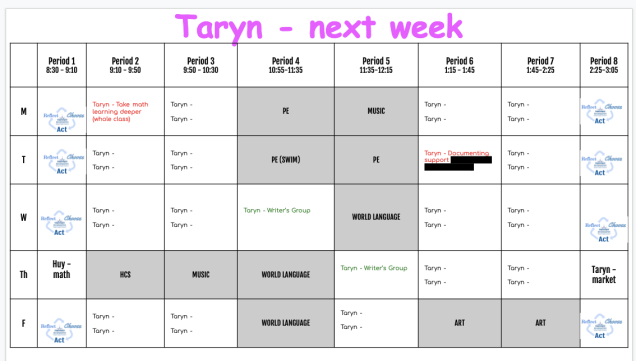
Monday Morning
The whole thing starts all over again!!!!!
TWO MASSIVE DISCLAIMERS:
1. This blog post is a snapshot of what a ‘week in the life’ looks like for me right now. But it is such an organic, iterative, ever-evolving process, that this is not what a week would have looked like a month back, and will definitely not be what a week looks like one month hence. As a team, we are constantly reflecting, tweaking, analyzing, taking new risks, letting go of old risks.
(As an example of that, this is a current brainstorm from a recent team meeting of what we feel is currently “working” and “not working” at the moment.)

2. This is what makes sense for me – based on my philosophies, my comfort level, my context, my constraints, my resources, my students and my team. So, as much as I am happy to share what I’m doing, it’s also important for me to urge you to figure out what makes sense for you– based on your philosophy, your comfort level, your context, your constraints, your resources, your students and your team. As tempting as it may be to transplant, my best advice is to grow your own innovation.

I’m still very much at the beginning of my journey. Constantly reflecting on my own why, rebuilding my repertoire of how’s and experimenting with many different what’s. This post is simply a snapshot of what a ‘week in the life’ is like for me right now. I have no idea what my “normal” will be in the future…
But I hope it continues to get me closer and closer to my goal of respecting and supporting student agency.
What is a “week in the life” like for you?
What are the nuts and bolts of attempting to support your students’ agency?
What are the routines, structures and systems that help you make the best use of time, people and resources your students have?

